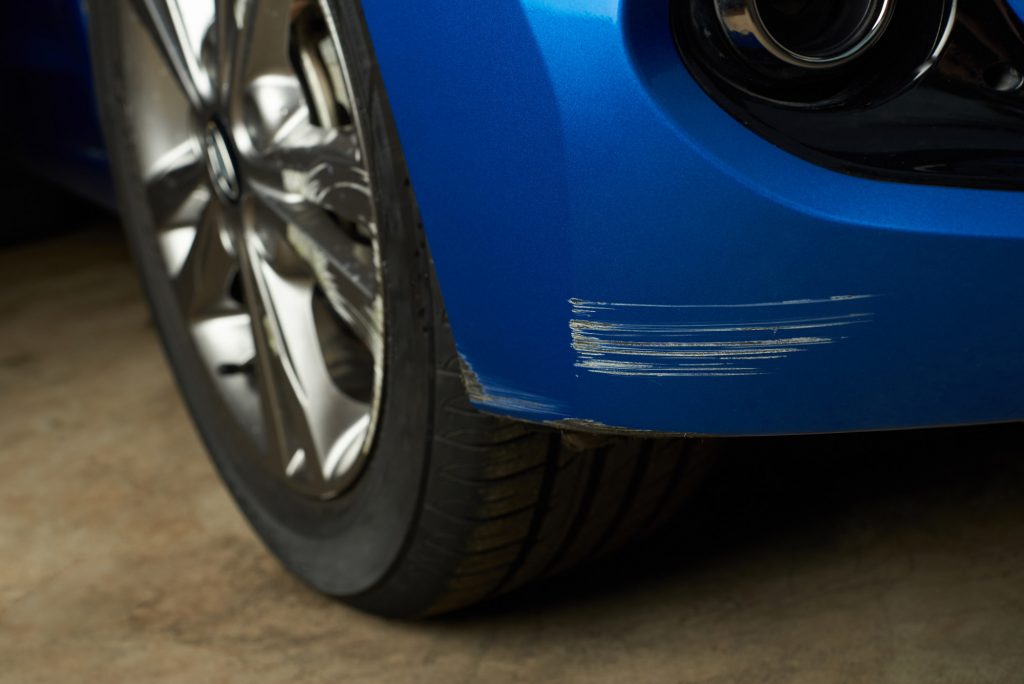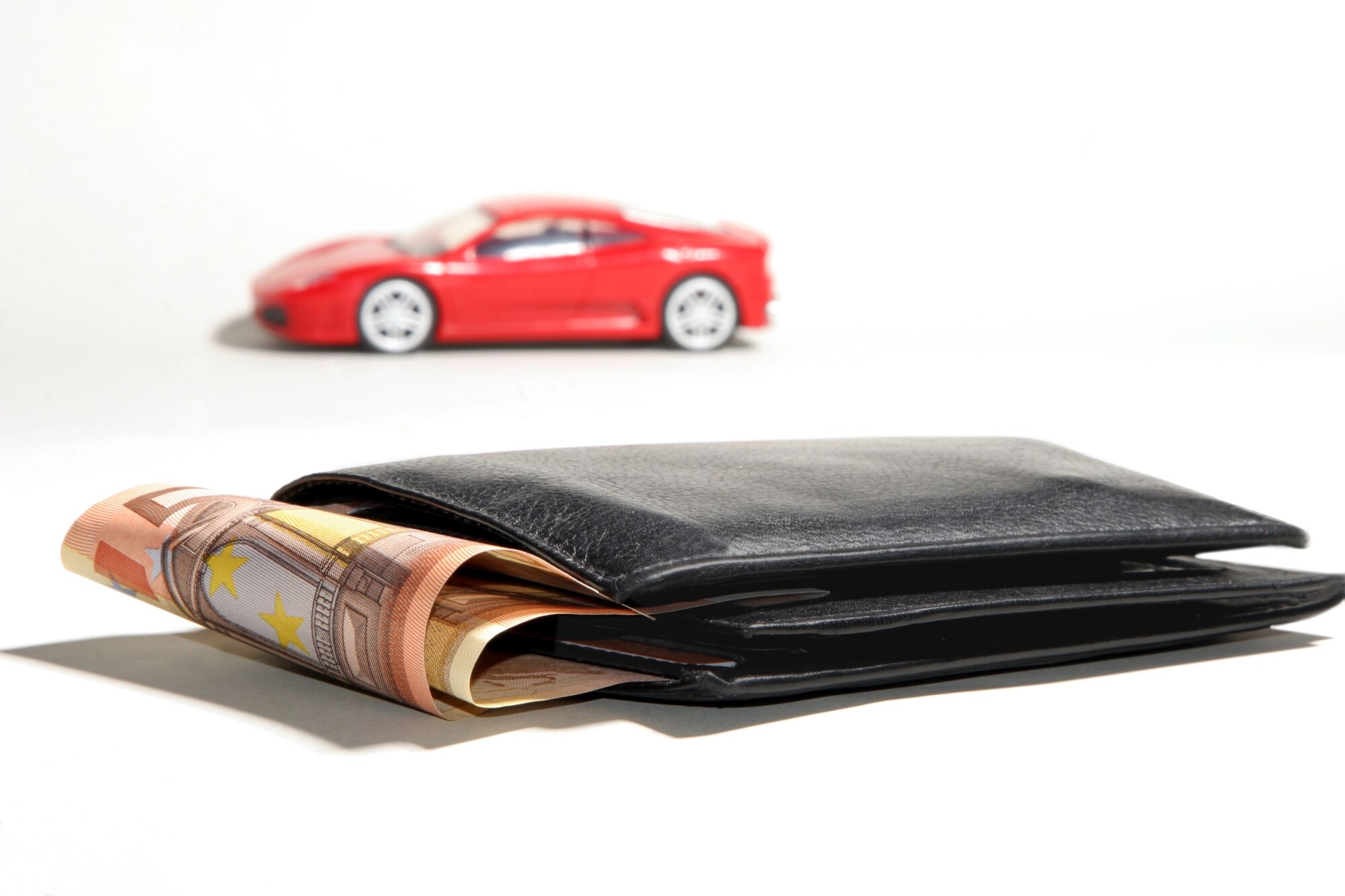
As a car owner, you know that wear and tear is inevitable. No matter how protective you are with your vehicle, it’s going to gather a few scratches on the road or in the parking lot. Unfortunately, repairing the damage at an auto detailer could cost you $300 or more.
Don’t pay more than you should. Here’s an automotive secret: It’s easy to do some auto body repairs yourself. You just need to know how.
All you need is a bit of elbow grease and a few common items. Our car scratch repair tips could save you hundreds of dollars in repairs, and in less time than waiting at a shop.
Car Scratch Repair: How to Get Scratches Out of a Car
Even minor scratches can be noticeable — and they’ll get worse until they’re patched up. Here are some of the ways you can repair your car’s paint job:
1. Examine the Damage
Before you know which repair method will be best for your vehicle, you need to know the extent of the damage. Several layers make up the exterior paint job of your vehicle. Deeper cuts will require more comprehensive repair techniques.
A common way to test the depth of the scratch is to trace a fingernail into the groove. If only the outer clear-coat has been removed, your nail should effortlessly slide along the scratch.
However, if the scratch has removed additional layers, your nail should get snagged. Is the scratch deeper than you first thought?
Don’t fret! There are still several ways you can repair the scratch yourself, even if the damage is extensive.
Note that major scratches, typically obtained during a car accident, will likely require professional help to remedy.
2. Wash the Scratch
Before you set out to repair the scratch, it’s important that you thoroughly clean the surrounding area. Debris, dirt, and grime are likely hiding on your car. Since most of the repair methods require at least some form of buffing, you want the scratch to be spotless.
Opting to repair the scratch on a dirty car could just make matters worse. Instead of polishing the damage away, you’ll be rubbing small granules of debris around the scratch and likely tear away additional paint.
To ensure it’s absolutely clean, rely on a powerful hose to blast the area clean. Once done, use a sponge and soap. Dry the area with a microfiber towel or wait for the water to evaporate.
3. Pull Out the Toothpaste
If your fingernail didn’t get caught in the scratch, that means the damage is minor. Since only the clear-coat has been damaged, get your hands on a tube of toothpaste.
You’re reading that right. Toothpaste is more abrasive than you might think. In fact, it almost acts like a type of soft sandpaper that buffs imperfections away. It’s commonly used to remove scratches from CDs and computer screens.
After you’ve cleaned the minor scratch, squirt a generous dollop of toothpaste into a damp microfiber towel. Since you’ll be buffing the scratch with the towel, make sure it’s microfiber. An average bath towel could damage paint and just make the situation worse.
Push the towel against the scratch and buff out the damage in circular motions. Don’t be afraid of applying a generous amount of pressure. Just don’t overdo it.
Rinse the toothpaste away. The scratch should be more subtle than it was before. Repeat the process with fresh toothpaste two more times.
If the damage still persists, you’ll need to use a more powerful method to repair the scratch. Using this method too many times could damage your paint, rather than fix it.
4. Use a Scratch Repair Kit
You need a professional scratch repair kit for deeper scratches. These tend to cost $10 to $25, which is far less than paying a detailer to repair the damage for you. For major damage, you’ll want to opt for a polishing compound rather than a scratch remover.
Apply the remover to your microfiber towel. Using just a finger, run the remover into the gash. Do this for about half a minute. Has the scratch diminished?
If so, continue this application once or twice more. But if the remover isn’t doing the job, try a polishing compound. This is the most powerful option available, so be careful when you apply it to the scratch.
Generally, these repair kits will make the scratch subtler, but the scratch won’t be gone completely.
Over time, your vehicle may be covered in more scratches than you know what to do with. Since body repair is so costly, you may want to consider purchasing a new vehicle. Find out more about popular cars for sale.
5. Paint it Over
For the deepest scratches or a number of them collected in one area, repainting is the best option. Since it’s also the highest risk to damage your vehicle when done wrong, don’t opt for this option unless you’re fit for the task.
First, sand the paint in the direction of the scratch with 2000-grit sandpaper. The objective is to sand down to the scratch. Don’t press on any deeper than that.
Wash the sanded paint away then apply a few layers of primer. Once it’s dry, spray a few coats of paint over the area. Your car manufacturer should list the paint color or have it available for purchase.
Car Scratches are Simple
Car scratch repair is one of the easiest things a car owner can do to save money. Of course, for deeper scratches, it may be best to leave the work to the professionals, as you could just worsen the damage.
Want more self-repair tips? Our cars blog will help keep you out of the auto shop.




